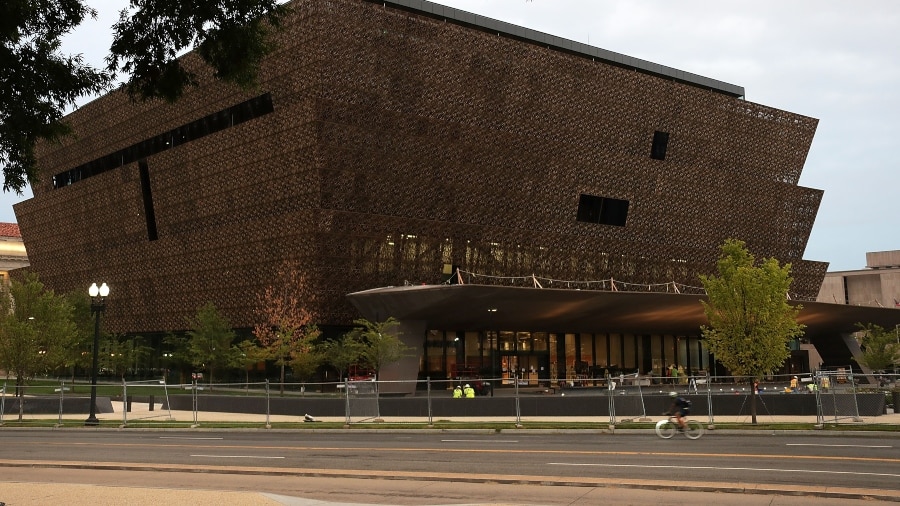[ad_1]
This year I was able to visit the National Museum of African-American History and Culture (NMAAHC) in Washington D.C. As a first-timer, the anticipation was unreal.
In some ways, it felt like I was going to the carnival for the first time, but when I told my family who had already gone, the excitement wasn’t the same. I was instead met with soft nods and kind warnings.
“Take your time.”
“It’s very humbling.”
“See as much as you can, but you can’t see it all.”
Nothing they said was negative, they assured me that I would have a good time, but they said it with a type of wisdom in their eyes that I couldn’t understand. It felt like discussing it commanded a moment of silence.
The tour begins with an elevator ride through time, from present-day all the way to the 15th century. As we approached the bottom, the quieter the group became. The silence felt similar to that of my family as if the elevator was truly bringing us back to the 1400s.
The entire bottom level is dedicated to slavery. From the Atlantic Slave Trade all the way to the Emancipation Proclamation. Colonialism, the revolutionary war, free communities of color, and abolitionist movements are only SOME of the topics covered on that floor.
When I passed the revolutionary war and was moving onto the civil, there were walls of photographs, and paintings of enslaved people I never knew existed.
In paintings, you have to battle the artist’s interpretation with your own understanding, but in a photograph, what you’re looking at is clear as day. Photographs show the whole, raw truth.
A small photo of a boy in a blue coat stopped me in my tracks. At that moment I was looking at a picture of my cousin.
Not literally of course, but there was a level of familiarity in his face I wasn’t comfortable with receiving. I instantly felt like I knew the person staring back at me. We had playdates together, reunited every summer at the cookout, or one of our birthday parties. We’d cannonballed into a pool before or made snow angels when school was closed.
And now he was enslaved.
He wasn’t wearing family hand-me-downs, but a suit to make him presentable in front of guests. He served a master, a family, not himself.
Everything I’d learned and seen on the tour weighed on me. I wasn’t looking at photos of strangers anymore, I was looking at pictures of my family, and that’s what made the difference. Once that realization hit it was hard to keep my composure even as I tried to walk on. But the boy in the blue coat continued to follow me, revealing familiar faces in every photograph I saw.
I watched a montage of Civil War-era photos and picked out the faces of my uncles, and grandpas. I looked at photos of plantations and saw my aunts, nieces, and friends from down the block even- sitting on the porch of a shack.
The NMAAHC opened my eyes in ways I can’t even begin to describe.
“It gets easier after that floor,” a friend told me after I recapped my visit. She had that same wisdom in her eyes. Now I recognize it as a knowing or what we are all bound to experience when we leave there.
I wouldn’t take back a single minute of that experience and I want to go back for more. I know no matter what, I will revisit the boy in the blue coat.
[ad_2]
Source link

